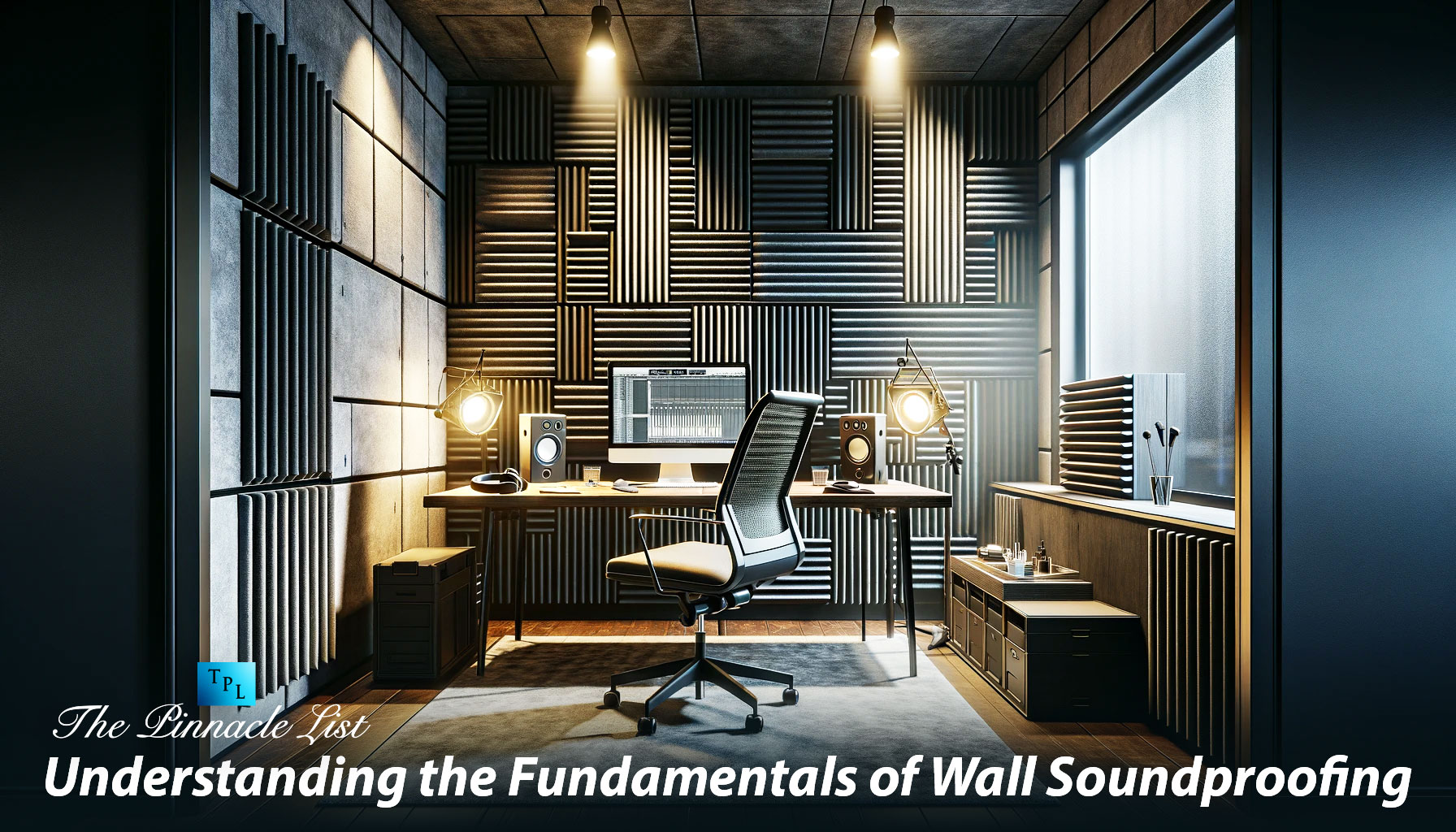
Sound, at its core, is a wave phenomenon, characterized by its ability to transmit energy through a medium such as air, water, or solid materials. To grasp the essence of wall soundproofing, it’s imperative to understand these sound waves’ behaviors. When sound waves encounter a barrier, such as a wall, they can be reflected, absorbed, or transmitted—the efficiency of soundproofing hinges on manipulating these behaviors to minimize the transmission of unwanted noise.
Different frequencies of sound waves react differently to materials and structures, necessitating a nuanced approach to soundproofing. The soundproofing process involves materials and construction methods designed to dampen, absorb, or block the passage of sound waves, thereby reducing the sound that passes through a wall. This understanding forms the foundation for developing effective wall soundproofing solutions that cater to a variety of needs, from residential tranquility to studio-quality sound isolation.
The Core of Wall Soundproofing
Wall soundproofing relies heavily on the choice of materials and construction techniques. The effectiveness of these materials—such as mass-loaded vinyl, acoustic foam, and fiberglass insulation—lies in their ability to absorb sound energy or block its transmission. The density and composition of these materials play a pivotal role in their soundproofing capabilities. For example, denser materials are generally more effective at blocking low-frequency sounds, while softer, more porous materials are better at absorbing higher frequencies. The construction methods also significantly impact the soundproofing effectiveness. Techniques like decoupling, which involves creating an air gap between two walls, can greatly reduce sound transmission. Similarly, adding mass to a wall or using resilient channels to create a floating wall structure can significantly enhance soundproofing. Understanding the interaction between materials and methods is crucial for designing a soundproofing solution that is both effective and practical for specific environments.
Soundproofing in Practice
The application of wall soundproofing varies widely across different environments, each presenting unique challenges and requirements. In residential settings, the primary goal is often to create a peaceful living space, free from external noise pollution. This might involve soundproofing walls adjacent to noisy streets or sound-sensitive rooms like bedrooms and home offices. In commercial spaces, such as offices and conference rooms, soundproofing aims to ensure privacy and reduce distractions. The approach here may include soundproofing shared walls or incorporating acoustic panels to absorb sound within a room. In specialized environments like recording studios or home theaters, soundproofing becomes even more critical. These settings demand a high level of sound isolation to prevent external noise from entering and internal sounds from leaking out. Tailoring wall soundproofing solutions to the specific needs of these diverse environments requires a deep understanding of both the principles of sound and the practical aspects of soundproofing.
Balancing Aesthetics with Functionality
While the primary goal of wall soundproofing is to control sound transmission, it’s also important to consider the aesthetic impact. Soundproofing materials and techniques must be integrated seamlessly with the existing or planned decor. In residential and commercial spaces, this often means finding ways to conceal soundproofing materials behind walls or within architectural elements. However, in some cases, soundproofing materials can be used as a design feature. Acoustic panels, for instance, come in various colors and textures and can be arranged artistically to enhance the room’s aesthetics while providing sound insulation. The challenge lies in achieving a balance where soundproofing effectiveness is not compromised for the sake of appearance, and vice versa. This balance is essential for creating spaces that are not only acoustically sound but also visually appealing.
Advanced Techniques in Wall Soundproofing
As technology progresses, so do the techniques and materials used in wall soundproofing. Advanced methods like acoustic metamaterials, which are engineered to control, direct, and manipulate sound in novel ways, are being explored. These materials can bend or reshape sound waves, offering new possibilities in soundproofing applications. Another advanced technique involves the use of sound masking systems, which add a level of ambient noise to a space, making other sounds less perceptible and thereby enhancing privacy. These advanced techniques represent the cutting edge of soundproofing technology and offer promising solutions for challenging soundproofing scenarios. Staying abreast of these advancements is crucial for anyone involved in architectural design, construction, or renovation projects where sound control is a priority.
The Future of Soundproofing
Looking ahead, the future of wall soundproofing is set to be shaped by ongoing research and innovation. Emerging trends include the development of environmentally friendly, sustainable soundproofing materials that offer effective sound insulation without compromising environmental integrity. There’s also a growing interest in smart soundproofing solutions that adapt to changing sound environments using sensor technologies and automated systems. These advancements point towards a future where soundproofing is not only more effective and versatile but also more accessible and environmentally conscious. As these trends develop, they promise to open new frontiers in our ability to control and manipulate sound in our living and working environments, making the science of silence an ever-evolving and fascinating field.